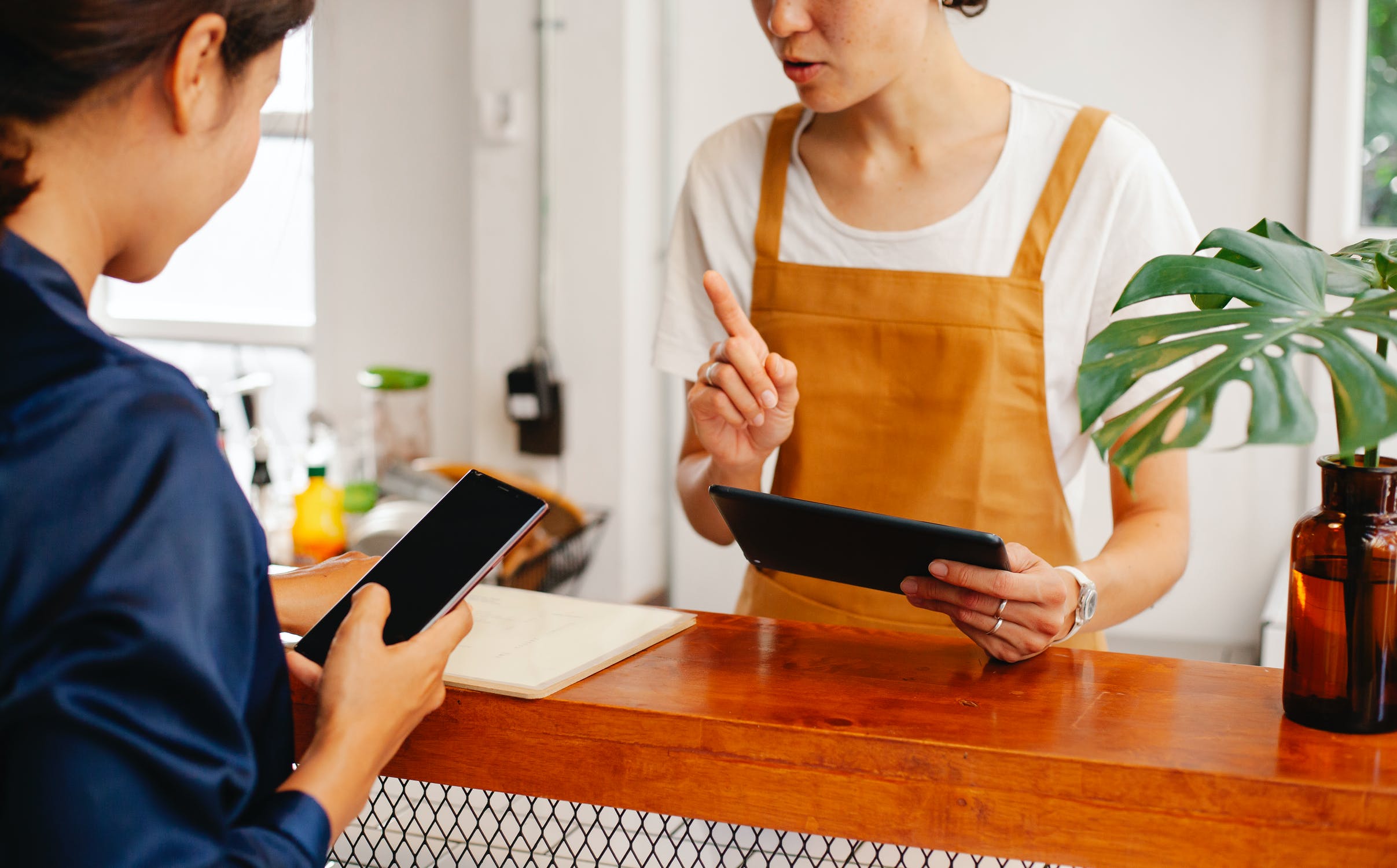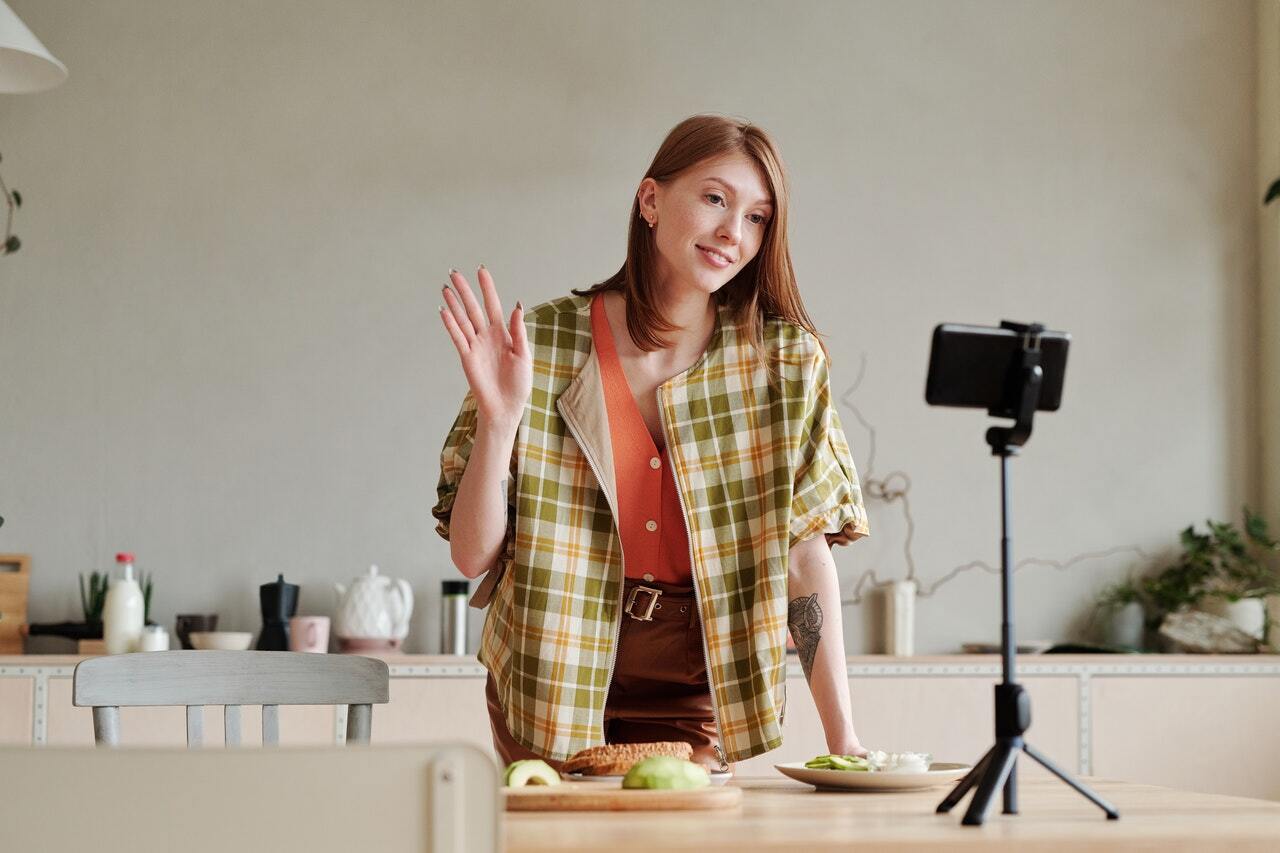This Year in Design Trends

Photo by cottonbro from Pexels
This Year in Design Trends
Every year, graphic design trends are ripe with opportunities for trend resets and the opportunity to turn the industry on its head. Especially considering how challenging the year 2020 was for many of us, we can expect the design trends of 2021 to offer a sense of fresh air, eagerness to take risks, and excitement to break new ground. Let’s take a look at what we can expect from 2021 in terms of design trends.
Muted Colour Palettes
What do you do when a style is (sometimes literally) oversaturated? Simple. You tone it down. As opposed to the brighter, more vivid backgrounds/canvas’ we have gotten used to, it seems like a lot of brands or pivoting to the more natural and comforting feel of muted colours. As the public reaches for more of that nostalgic and secure feel from their content, we expect more brands to use this sort of style more moving forward. For example, take a look at both LinkedIn, Buffer & Kilter Brewing’s design style and use of muted colours.

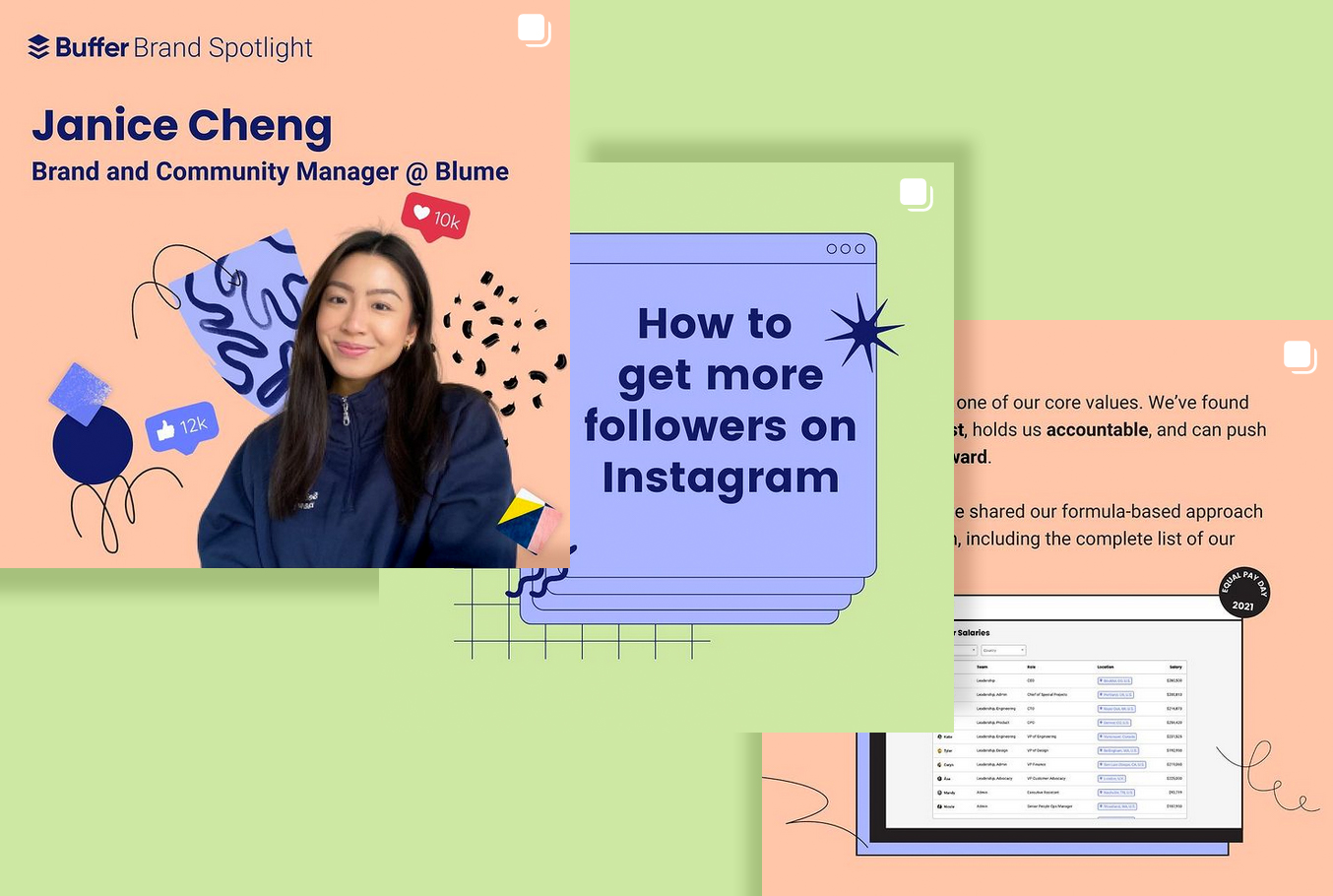
Vivid Minimalism Designed for Screens
The shift to more and more minimalistic styles hasn’t been new. But it’s shown no sign of slowing down. From landing pages, social posts, newsletters, logos, and even branded merchandise, more brands are beginning to understand that trendy design also has to be legible and allow easy viewing. A website with a bunch of moving shapes sounds nice on paper, but it doesn’t encourage clients to reach out and work with you if they can’t find the information they’re looking for.
A more minimalist homepage can also provide better load times and smaller page sizes overall, which will benefit your search ranking. Google often rewards pages with faster loads to better search rankings, (a HUGE deal for SEO-focused companies!)
Take Zendesk for example, embracing muted colours, but still providing a lot of empty space for easier reading, a mood they also tend to follow with their Twitter account.
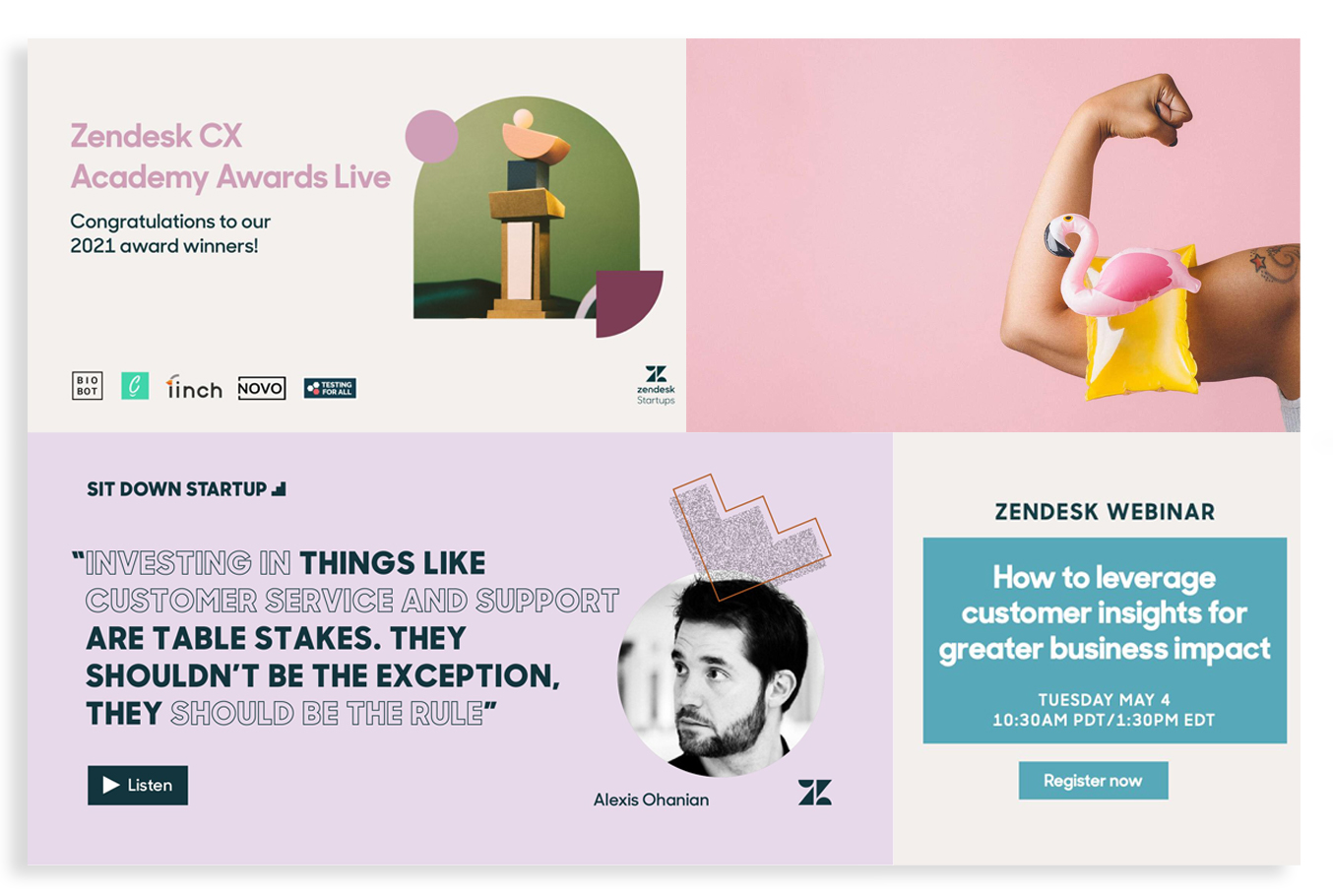

Blur & Blend
For brands with more of a rebellious spirit, the blurred or blended effect walks the line between intangible and discernible. This trend allows the foreground to be bold with its typography or have distinct imagery pop against a rougher background. It thrives in the dystopian moods of our current day. Needless to say, this trend is a mood for certain times, but we expect many more brands looking for that certain edge to utilize it more.

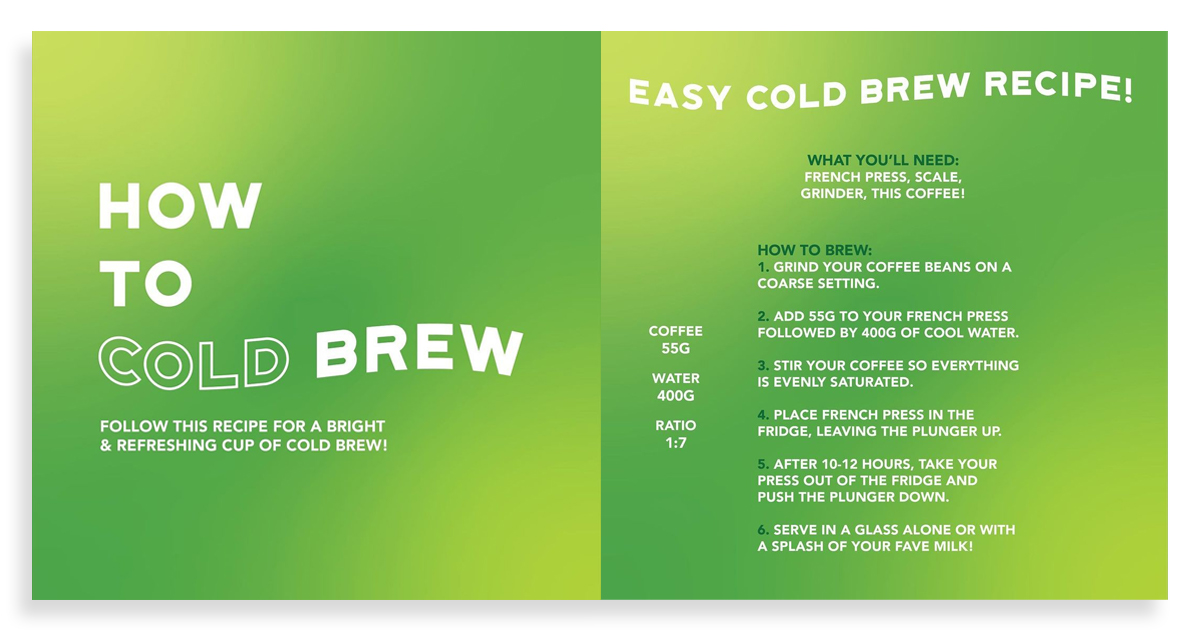
Abstract or Complex Geometric Shapes
Another trend that works well with adventurous brands, and also functions smoothly with the Blur & Blend trend mentioned above is the use of more complex geometric shapes. These shapes often feel more rigid than the previous freeform of other stylings while also showcasing consistency. This can be a trend that seems easy to utilize on first blush but takes a lot of experience and design awareness to pull off skillfully.
For the refresh of Spotify Design’s website, a design community connecting creators across the world, they utilized this trend incredibly well. As it is meant to be an informative resource for designers across the world, they wanted the site to feel true to Spotify’s values, while still showing a playful side.
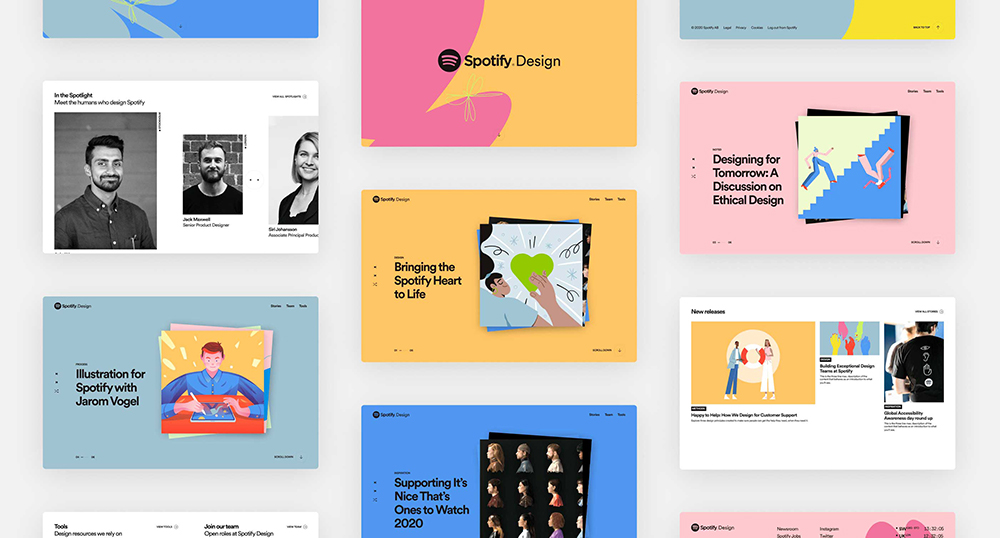
More Text in Videos
A likely side effect of more businesses having to move to more remote operations and fewer opportunities to shoot video, businesses and marketers will pivot to leaning more on text and motion graphics throughout the year. This trend will encourage more risk-taking and experimentation within production. This trend can also have a shorter production cycle, as it requires fewer members to complete than a standard production shoot.
Slack, for example, has made exceptional use of shared content from users to gain insight into how their platform is being used and how remote work is affecting people around the world.
https://twitter.com/SlackHQ/status/1299445092076457987?s=20
We've seen audiences become more interested in statistics and infographics over the past year, and we think this trend will encourage businesses to share important messages and more transparency.
What other trends have you started to notice in 2021? Let us know in the comments!
Web Design Trends 2021: From Dark Mode to Motion - Envato
7 Graphic Design Trends That Will Dominate 2021 - Vennage
11 Inspiring Graphic Design Trends for 2021 - 99 Designs
15 Brand Design Trends for 2021 That Graphic Designers Need To Know - Just Creative
TikTok and How to Effectively Use the Platform
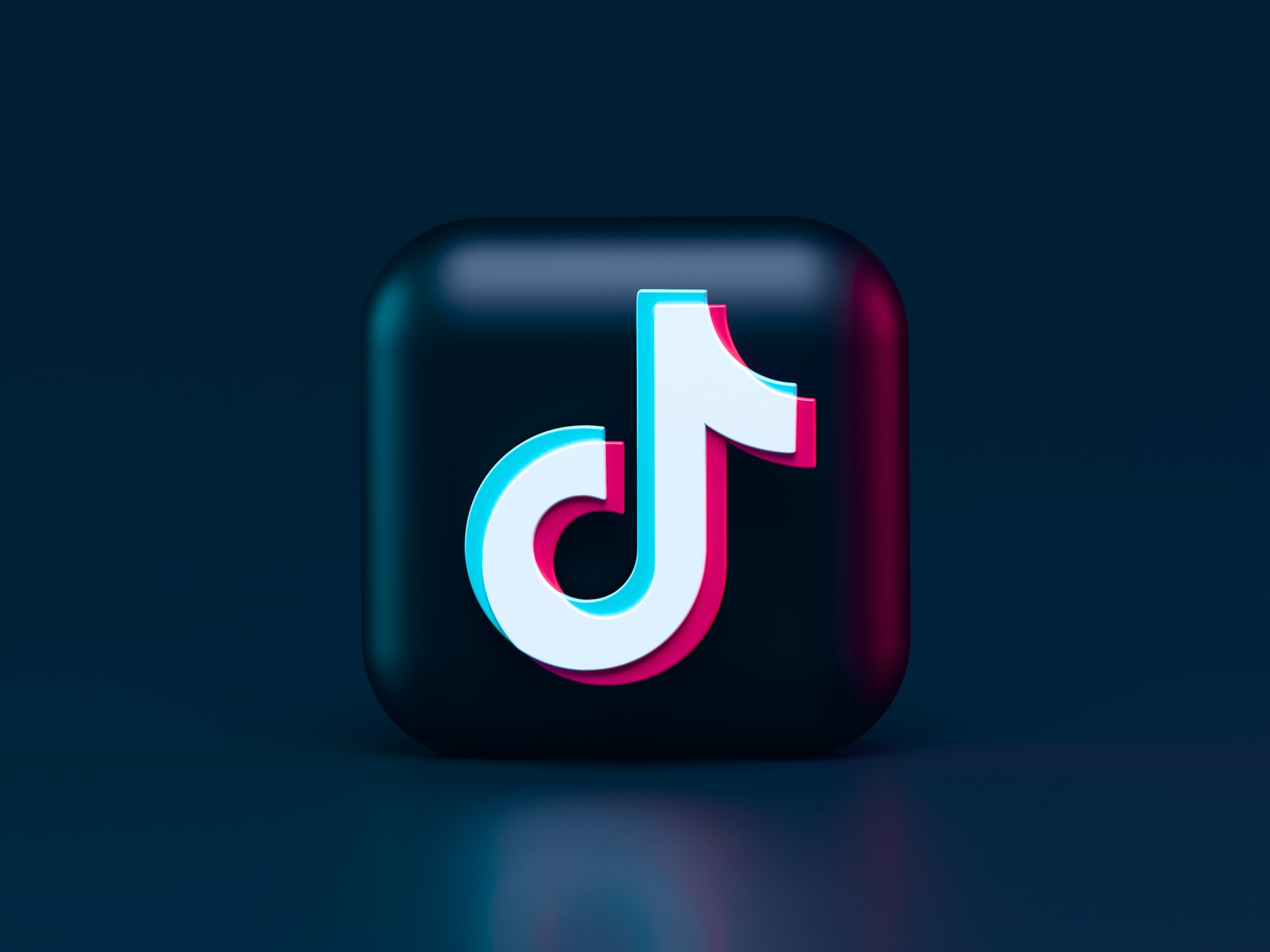
Photo by Alexander Shatov on Unsplash
What is TikTok and How to Effectively Use the Platform
From starting out as simply a short-form video platform to its merger with lip sync-focused social app Musical.ly, TikTok has come a long way and has certainly made a name for itself as an energetic social media platform. More and more marketers are recognizing the value of TikTok for getting in front of their audience.
What makes TikTok so captivating right now is the amount of active users on a daily basis. Many people regularly fall into TikTok’s allure and will find themselves viewing content for hours on end.
The algorithm sees high engagement and pushes that content, and hashtags are incredibly effective in boosting a post.
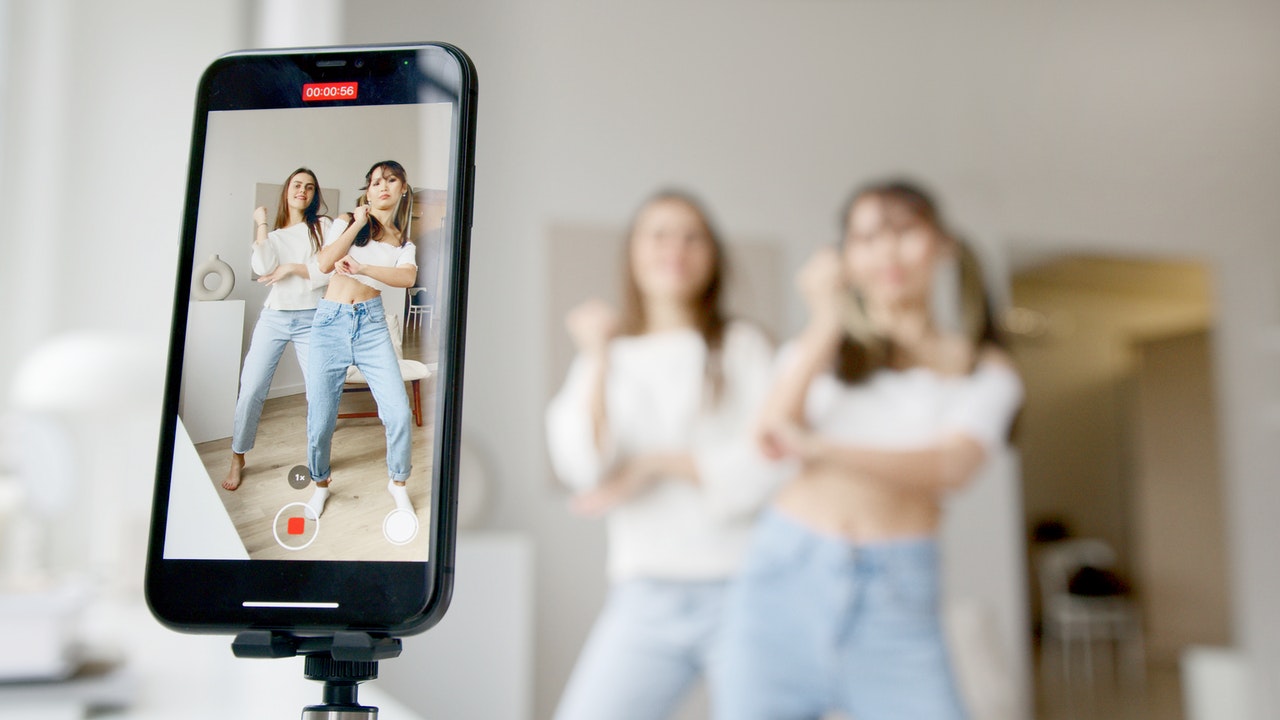
Collaboration is a way to increase exposure. One of the best ways to attach virality to your brand or post is by creating a Duet Challenge - where you or someone can reply to another's comment publically with their video. This effectively boosts your reach, as you're no longer reaching your audience specifically, you're reaching your collaborator's audience.
To start, focus less on following the initial popular TikTok accounts; instead, just go to the platform and spend some time exploring your own feed through the For You page. Research and study how various accounts collaborate with each other and highlight certain behaviours and trends.
It’s still not clear how their algorithm works, but it seems to be far easier for content to go viral than on other social media platforms. Here's what we know is effective on the TikTok platform.
Authenticity Performs Very Well on TikTok
Most of the users don’t have access to expensive camera gear or large production budgets. TikTok users largely create content with their phones and their time, which highlights an authentic and genuine appeal. Try and take the same approach with your business's content.
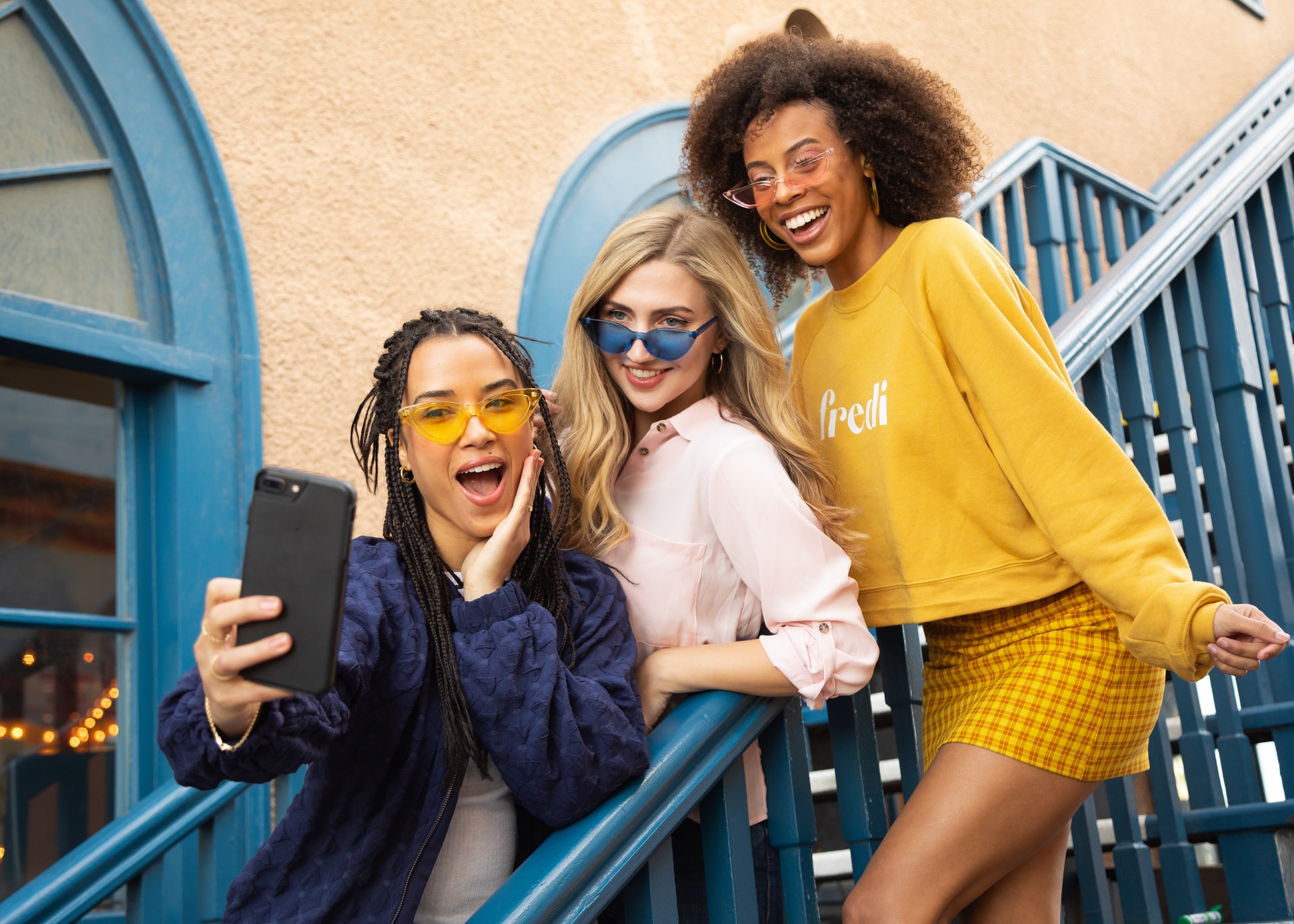
Creativity Is Applauded
Add your own twist to a trend: The platform often attaches itself to trends and community engagement and hashtags. All you need to do is look for content trends and consider how you can add your brand’s personality to it.
Take part in hashtag challenges or trending songs. Your unique brand story and personality will differentiate you from others in the same category. Look at what’s already successful on the app and try something new within the concept.
Hashtags Are Incredibly Effective
Not unlike Twitter, TikTok is hindered by a short 140 character limit. So stay intentional and conscious of the hashtags you use.
Adopt a routine of combining more niche hashtags, as well as more general ones to your videos. We'd recommend a good 3/4 ratio. (for every three niche hashtags, put in a general one) Ideally, your video will be highlighted in the smaller hashtags and will grow in reach as you rank into the more popular hashtags. The more engagement, the more it will rank overall.
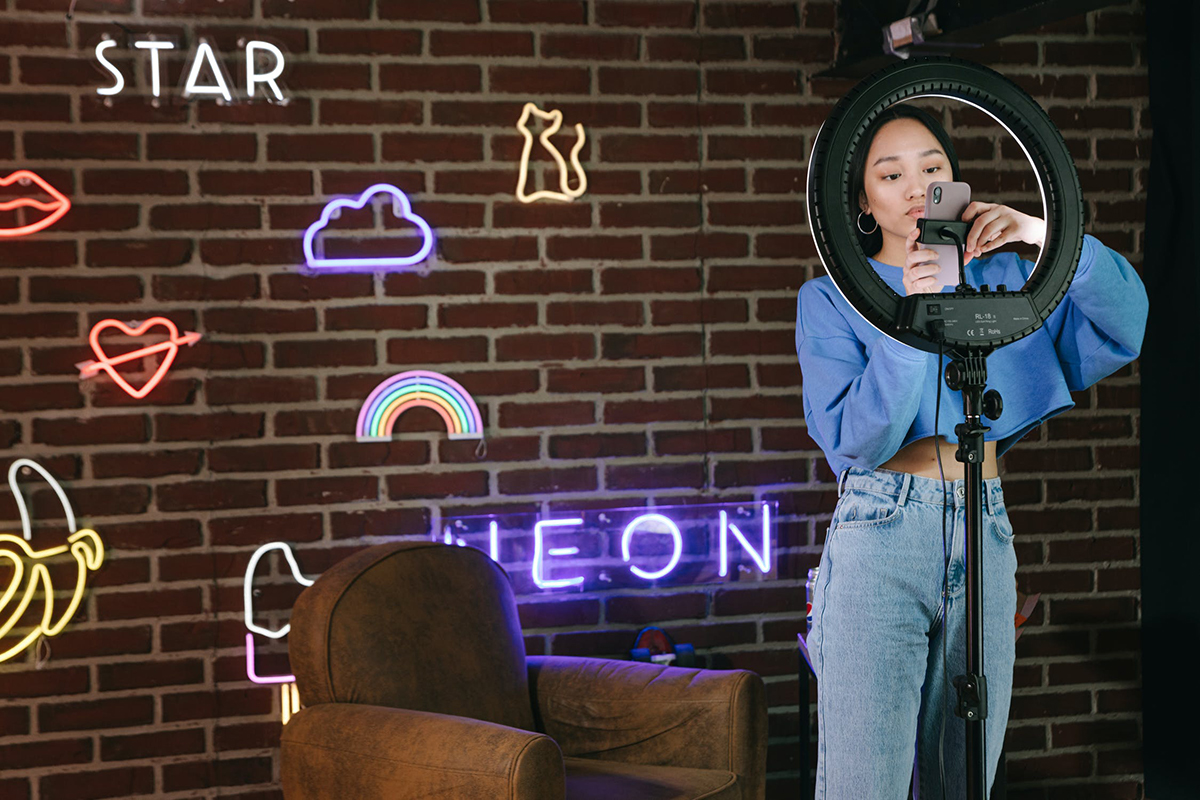
Give Your Content A More Buttoned-down Approach
The vast majority of TikTok users don't enjoy videos that feel overproduced, too corporate, or explicitly promotional. Take the time to really look at what sort of content flourishes on the platform and figure out how you can incorporate that style into your brand expression. Identify the trends you think you can exceed and feel natural doing.
Follow these tips and tricks and we think you'll find TikTok to be a thriving and vibrant platform to share your brand.
Social Media Examiner - TikTok: What Marketers Need to Know
Social Media Examiner - 4 Ways to Use TikTok for Business
What Exactly is Clubhouse? The Rise of Social Audio Spaces
 What Exactly is Clubhouse? The Rise of Social Audio Spaces
What Exactly is Clubhouse? The Rise of Social Audio Spaces
While it is currently still invite-only, Clubhouse has continued to make waves within its first year of launching. The platform is perking ears everywhere, especially with marketers on how to use its unique style of social interaction to gain a following.
What played into its success initially was the fact that it sent invites to well-known celebrities or influencers first, creating a sense of FOMO around the platform, From Drake, Elon Musk, and Oprah Winfrey to name a few. These users were notable chatting in Rooms related to their interests, hobbies, and industries. (Elon Musk notably chatting up in a room with Robinhood investment app regarding the recent GameStop stock craze)
Clubhouse is a social media app that allows users to create or listen in on “Rooms” -or audio-only chat rooms with their friends, followers, or public. So far, the app is only on iPhone and an invite-only basis. The algorithm will highlight rooms through your contacts and who you follow (industry professionals, hobbies, etc,.) Scheduled panel talks are also found on the homepage to set as reminders for later.
iPhone users can download the app from the Apple store and reserve a username. However, as it is still in beta testing, its exclusivity means you’ll be added to the waiting list unless you receive an invite via a friend or colleague. Each person gets to invite a handful of friends once their application is successful. If your interest is piqued, rest assured, Clubhouse says it will be released to the wider public very soon.

How can this be used by Marketers?
#1: Leverage its sense of Virality
Notifications are instantly useful on Clubhouse, where platforms like Instagram take some work to alert users constantly. Followers are less of a vanity number and will immediately notify your followers whenever you’re on any stage speaking. This can be useful for cross-promotion with another brand or business - if you’re speaking on someone else’s stage, their audience can follow you and be notified of you speaking in the future. As your network grows in Clubhouse, you’ll be able to draw larger crowds.
“If you click on the notification, you instantly join the room as a passive listener.”
The notifications feature feels a lot like the early days of Facebook Live, where you could push a button and hundreds of people would simply show up.
Here’s a pro tip: By simply asking questions and getting invited up on a stage, people will check out your profile and some will follow you.
#2: Networking is Quick and Simple
Because the platform is voice-based, it creates a more personal and intimate way to network with others in your industry.
Think of it as being at a conference or event, but happening within your phone. Rather than exchanging cards or demo reels, people can instantly check out your Instagram, Twitter and personal website and get to know you even better.
It doesn’t take long to imagine the possibilities for networking and finding clients naturally through using the platform and sharing your insight and knowledge on marketing.
#3: It Offers Real Human Engagement
Especially during COVID 19, we’re all looking for some real and human feeling engagements. Clubhouse provides a space to listen to a wide variety of topics led by people knowledgeable and invested in it. It can feel reminiscent of having a one on one chat with a mentor or a co-worker. Many people are also comfortable in sharing their ups and downs on the platform, giving people a real sense of the work that they do.
Clubhouse's ease of use and human feeling engagement has made it very accessible for those that can access it, and we look forward to seeing newer effective trends as it moves closer to a public launch.
By no means is Clubhouse perfect, there already seems to be some eager farewells from those claiming the lightning has come out of the bottle. Will it end up just being a pandemic success? Or will the platform spike again when it goes public? Time will tell.
https://blog.hubspot.com/marketing/what-is-clubhouse
https://www.socialmediaexaminer.com/clubhouse-app-for-business-what-marketers-need-to-know/
How GoogleMyBusiness Can Optimize Your Visibility
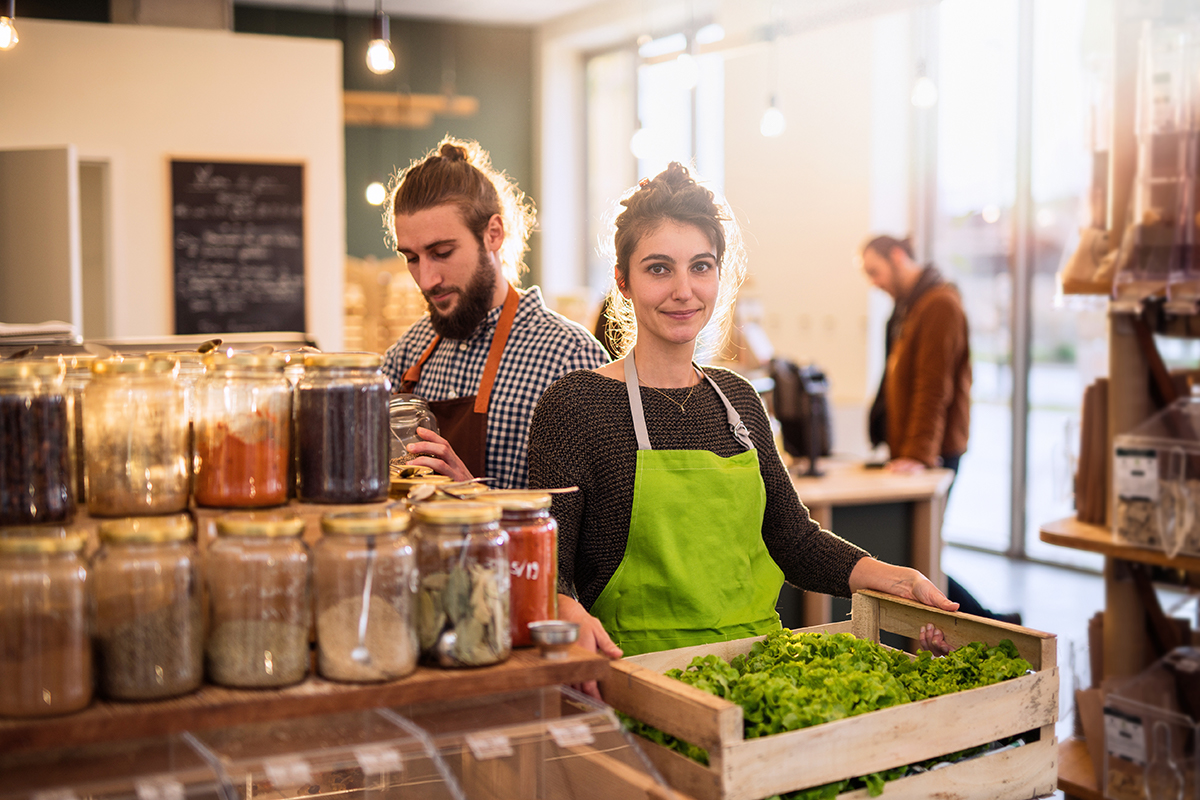 How GoogleMyBusiness Can Optimize Your Visibility
How GoogleMyBusiness Can Optimize Your Visibility
As Google is the top search engine and review platform, it’s important to stay visible and current with your business. Nearly 46% of all Google searches are looking for local information and 4 out of 5 consumers use search to find local information.
Here’s how you can utilize GoogleMyBusiness to increase your visibility and reach.
Use It or Lose It - Appear on Lists You Otherwise Wouldn’t
Without a listing through GoogleMyBusiness, you likely won’t appear on Google Maps, and you risk what is many people’s first option for searching your business having the old or wrong information. GoogleMyBusiness provides a centralized space with all of your information (address, hours of operation, reviews, etc,.)
These are highly prominent listings that stand out to users when displayed and are eye-catching listings you don’t want to miss out on being a part of.
Think Ahead and Create an FAQ
Customers are always going to have questions. Get ahead by pre-populating the questions sections with questions and answers you think may come up for first-time visitors (Is there parking? Is it wheelchair accessible? etc,.) to enhance your business’ listing and ensure that answers are as easy to find.
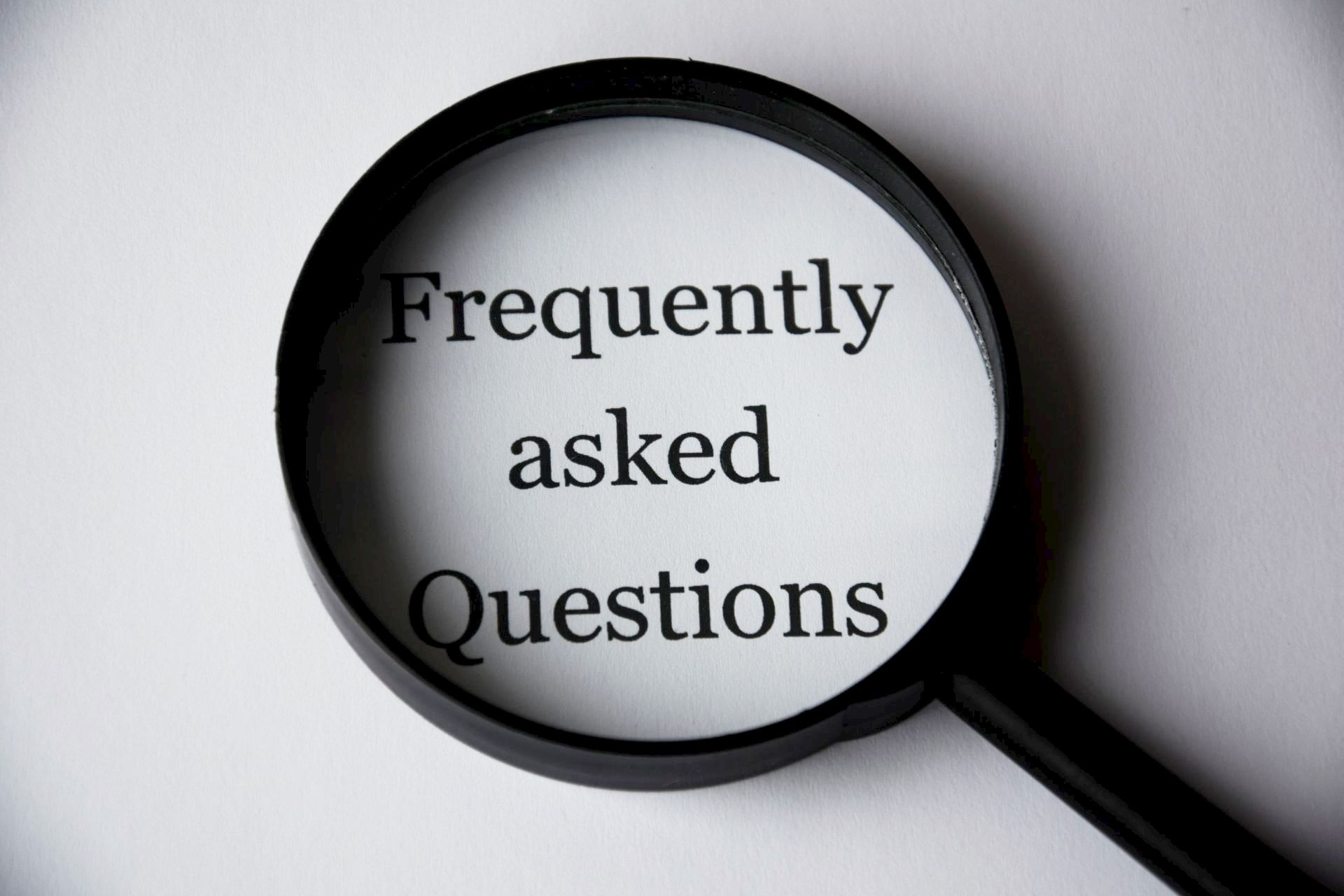 Include Keywords
Include Keywords
Like any and all traditional website SEO, Google uses a variety of signals to optimize search results and help you connect with your audience. Remember to include important keywords and certain phrases in your business's listing. Use these SEO keywords in your description and for any Local Post’s you make to your audience.
Visual Content is Key
Just like any other social platform, you want your content to leave a lasting visual impression. According to Google, businesses with images attached have 42% more requests for directions and more clicks to their websites. Highlighting a key part of your business visually is a great way to showcase your business. Add your business logo, office, products, etc. and boost your visibility.
Don’t Dismiss Reviews, Highlight Them
Google reviews can influence your search results rankings as well as click-through rates. Collect the reviews to boost your credibility and stand among the rest. Encourage your customers to give you a review and respond to both positive and negative reviews when you have the chance.
Marketing Trends to Watch for in 2021
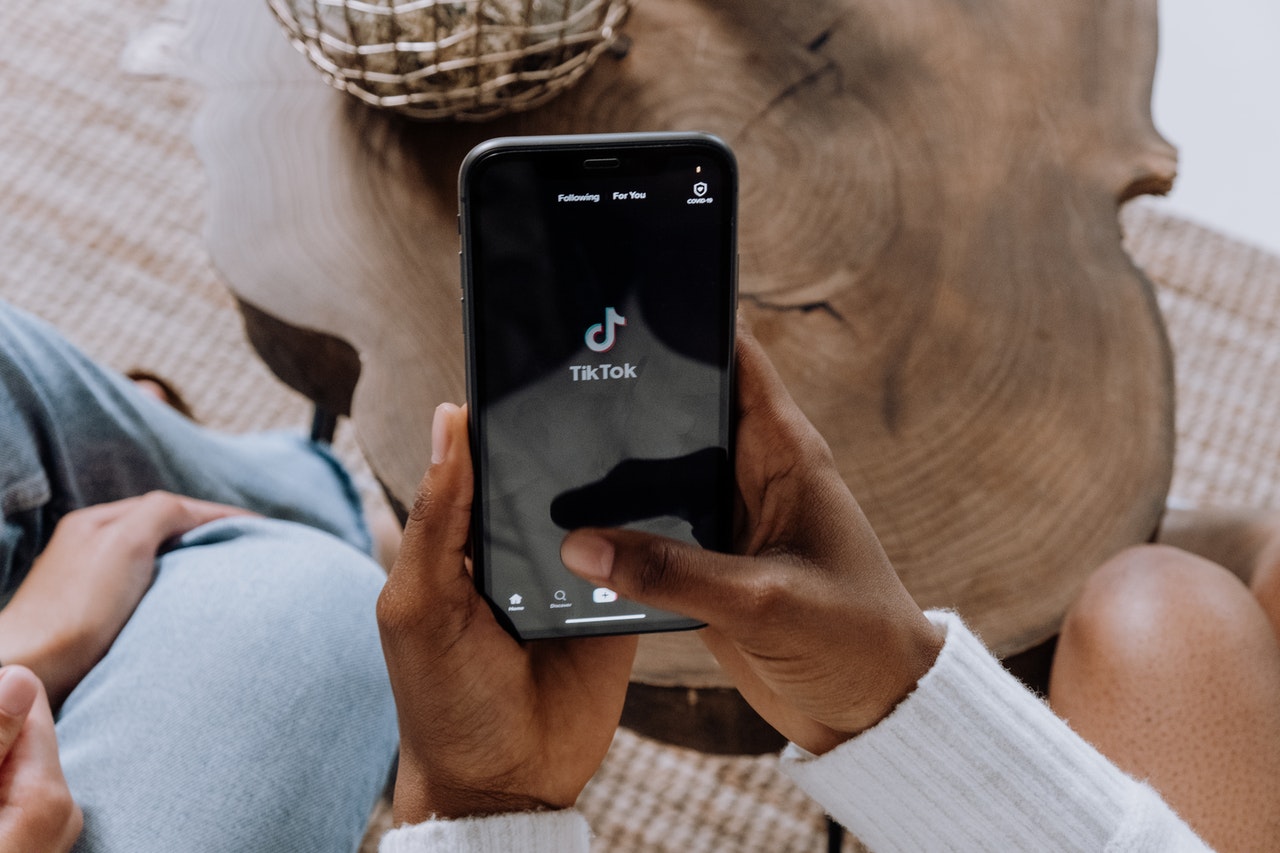 Marketing Trends to Watch for in 2021
Marketing Trends to Watch for in 2021
The digital marketing landscape changes at a rapid pace, and with experiencing COVID-19, this time will be no different. We may not be able to 100% pinpoint what the coming years will look like, but we can take a few educated guesses of what’s on the horizon.
More Interactive Marketing Content
Alongside the rise of Stories on various platforms, the popularity of interactivity has also risen. People have been starved for connectivity and interaction and many marketing campaigns have begun including more ways to interact with their audience. From various quizzes and polls, AR ads, and 360-degree videos, there are many ways to upgrade your content to the next level and get people talking about your brand.
For example, Google partnered with over 500 museums around the world offering virtual tours including the MoMA, the Metropolitan Museum of Art and the Palace of Versailles to name a few.
Chatbots
More and more businesses are welcoming and perfecting the use of Chatbots, with many having integrated them onto their platform already. And the public is starting to accept it more as well, with 69% of customers saying they’re willing to interact with brands using chatbots. Notably, Mastercard created a Facebook chatbot - to interact with their users, respond like a real person would and automate payments.
We believe artificial intelligence will become a more prominent force for many services, including product recommendations, email personalization and e-commerce transactions.
Vertical Video & Graphics
With the release of IG Reels, there will continue to be a push for 30-second vertical video ads supporting that space. For every new video ad placement style, advertisers will need to create content that fits well in that space. In 2021 we will see new levels of creativity from businesses and brands when it comes to this area.
Pinterest & Google Lens (Camera Technology - Access Similar Products)
Remember Google Glass? Google seems to have returned to the concept again recently, as has Pinterest with its announcement of Pinterest Lens - a visual search tool that allows people to take photos of items and find out where to buy them online. They also launched Lens Your Look to help you plot out a future outfit. They've fully automated Shop the Look, a feature that helps users buy products from companies that work with Pinterest, so you can, for example, buy a pair of jeans you see in a picture.
This goes hand in hand with how Instagram seems to be pivoting from less of a photo gallery to an online shopping mall as it refocuses its UI toward the shopping experience.
Website Security
We’ve continued to hear story after story of businesses getting hacked or breached, such as Facebook, Yahoo, and T-Mobile. Only around 25% of consumers believe that most companies handle their sensitive personal data responsibly.
Since first impressions are everything, if your website doesn’t seem secure within a few glances, it’s unlikely that the customer or user will return. And as more businesses start holding their user’s privacy in higher regard, it’ll only be more important to make sure your website is safe and secure from any chance of breaches.
Long-Form Content (the rise of Medium & Substack)
People seem to have more time on their hands lately and are taking more time to read more long-form content. Posts that are generally 3,000 words or longer have been getting more traffic. This seems to be connected with the popularity of publishing platforms like Medium and Substack, which harkens to the early blogging boom of the 2000s.
This shows that people are interested in reading longer pieces of content by voices that have a lot of insight on a topic. This is something that brands or businesses can leverage by hiring writers to discuss topics related to the industry.
The longer the content, the more likely you can relate it to previous topics your business has covered. A study from Search Engine Journal showed that long-form content gets 77% more backlinks than short articles, which can greatly help in directing organic traffic. Ultimately, this means people will spend more time on your website, foster a stronger trust in your future content and improve your visibility on Google and other SERPs.
Social Audio - Clubhouse & Twitter Spaces
Rumour has it that Twitter’s answer to Clubhouse is just around the corner (aiming for an April release) and supposedly they’ve spent extra time making sure it’s a more welcoming space than its competitor. Many described Twitter Spaces as “more of a conversation,” and the platform houses a wider variety of professional voices. These audio-only social spaces have provided exciting new opportunities for marketers to network and communicate with one another.
How can this be modified to make it a more welcoming space? Provide options to time people out who constantly talk over people (a problem Clubhouse seems to have a problem with)
https://www.singlegrain.com/digital-marketing/digital-marketing-trends-2021/
The New "Normal" of Online Consumer Trends
What's Changed in Online Shopping Due to Covid?
Because of the global pandemic, it’s safe to say that “the new normal” has become more and more the norm. Let’s highlight some of the notable consumer trends that have risen out of Covid, and how this can benefit many businesses in the future.
More people are more accepting/trusting of eCommerce
In a study done by Shopify in 2020, 52% of buyers say more of their spending has moved online compared to last year. Because of this shift, online purchases became the safer and preferred option — even as cities removed mandates. 81% of buyers said they planned to continue shopping online by the end of 2020. With improved delivery and pickup options, online shopping is quickly becoming the more convenient option.
Smaller/locally owned businesses are online more than before, and will continue to be.
Buyers are more conscious and aware of local businesses within their area and are intentionally seeking them out to support them. 46% of buyers in the US and Canada said they made purchases from local, independently-owned businesses throughout the pandemic. Notably, this is also a conscious effort that newer online shoppers are making too. Of that group, 34% reported doing this more often than they did pre-pandemic.
Businesses have noticed this uptick of support, and many local businesses have taken the time to onboard themselves with eCommerce and online options they may not have had initially. This is an investment that many businesses will likely continue to utilize moving forward as mandates are removed.
COVID has accelerated an already steady-growing trend.
Despite the drop in in-person sales due to social distancing guidelines, online shopping via eCommerce saw a large boost and has been growing consistently from the 2010s onward. A study from the second quarter of 2019 shows that eCommerce retail sales have risen 44.5%. This compares with an average year-over-year increase of 14.6% over the past five years. The pandemic has rapidly accelerated trends in eCommerce that have been building for years. This dramatic swing away from in-store transactions and toward eCommerce will ebb, once it becomes safer for in-person shopping. However, we will likely not return to where we were before the pandemic.

https://www.shopify.ca/blog/consumer-trends
https://squareup.com/us/en/townsquare/retail-ecommerce-predictions-2021
The “Stories” Movement and How This Social Media Trend is Good for Business

How “Stories” Can Personalize Your Brand or Company, Even on LinkedIn
Earlier last year as part of LinkedIn’s revamping, the platform announced the rollout of LinkedIn Stories. This may seem like an odd choice for a more professional-leaning platform, but looking at the insights gained from Instagram, we can see how effective this form of communication is for introducing younger professionals and sharing content related to the industry.
Statistically, over half of Instagram users actively use the Stories feature. 62% of those users have said they’ve become more interested in a brand or product after it shows up on their Stories.
One key reason this is so effective is that it humanizes and personalizes the brand or person. Instagram largely defines itself as the “picture-perfect” social platform. Where people capture the perfect moment or the perfect shot, while Stories offer more honesty.
This provides more opportunities to humanize your business or brand. Whether it’s a local brewery showing how their canning process works or some behind-the-scenes shots from a photoshoot. Create visual content that shows off your personality and values.
How “Stories” Make Your Audience More Comfortable Engaging With You
With the popularity of “Stories” making its way on various platforms, it’s important to highlight some of the ways it can be used to boost your content. We’ve already shared how Stories can humanize your brand, so let’s look at another way Stories can foster more interaction with your audience.
Through LinkedIn’s “Question of the Day” feature, you can get to know your audience better and foster a more connected community. Stories provide a certain sense of privacy that isn’t provided when users engage with what you post. When someone comments on a Story, it’s only the user that sees the response. This privacy encourages more people to interact than if they had to respond on the public feed, where their comment is visible to everyone.
Stories encourage people to reach out or react to your content without feeling like the whole world is looking at them. This is a prime way to ask your audience questions and get honest answers. Experiment with polls and Q&A’s to discover more about your audience and what they connect to the most.
https://www.intracon-spain.com/5-benefits-using-linkedin-stories-b2b/
https://blog.hootsuite.com/how-to-use-instagram-stories/
https://blog.hubspot.com/marketing/linkedin-stories
https://blog.hubspot.com/marketing/preferred-story-platforms
Eating, Drinking, and Supporting Local From Home
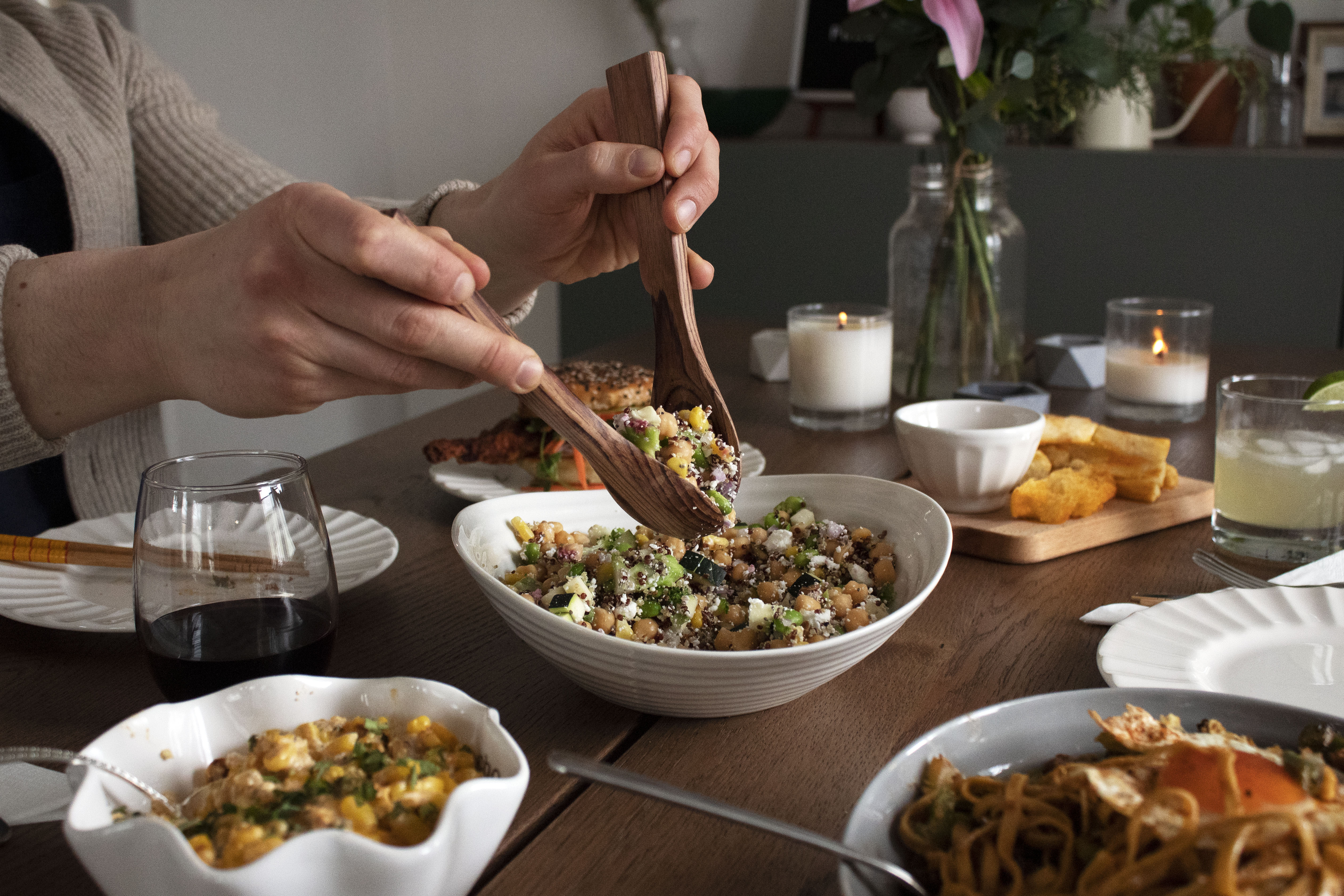
While we’re feeling grateful to have the privilege of working from home during these unusual circumstances, we’re also missing the good old days of coming into our office and popping out to lunch at one of the many unique local restaurants and cafés in the Exchange District.
With small businesses taking a hit from severely reduced foot-traffic these last couple of months (shout out to everyone able to stay home to help flatten the curve), we felt that now would be a good time to share a list of our favourite neighbourhood eateries and the ways you can support them from a safe social distance. Delicious food (that you didn’t have to cook) and knowing that you’re actively supporting local businesses? It’s a win-win!
Deer + Almond - 85 McDermot Avenue
We’re extremely lucky to be situated right across the street from Deer + Almond. It’s a delightful little spot for a selection of inventive tapas that combine local and global cuisine. While we certainly miss catching up with friends after work over their delicious cocktails and shareable plates, we’re glad they’re offering a special menu for pick up orders!
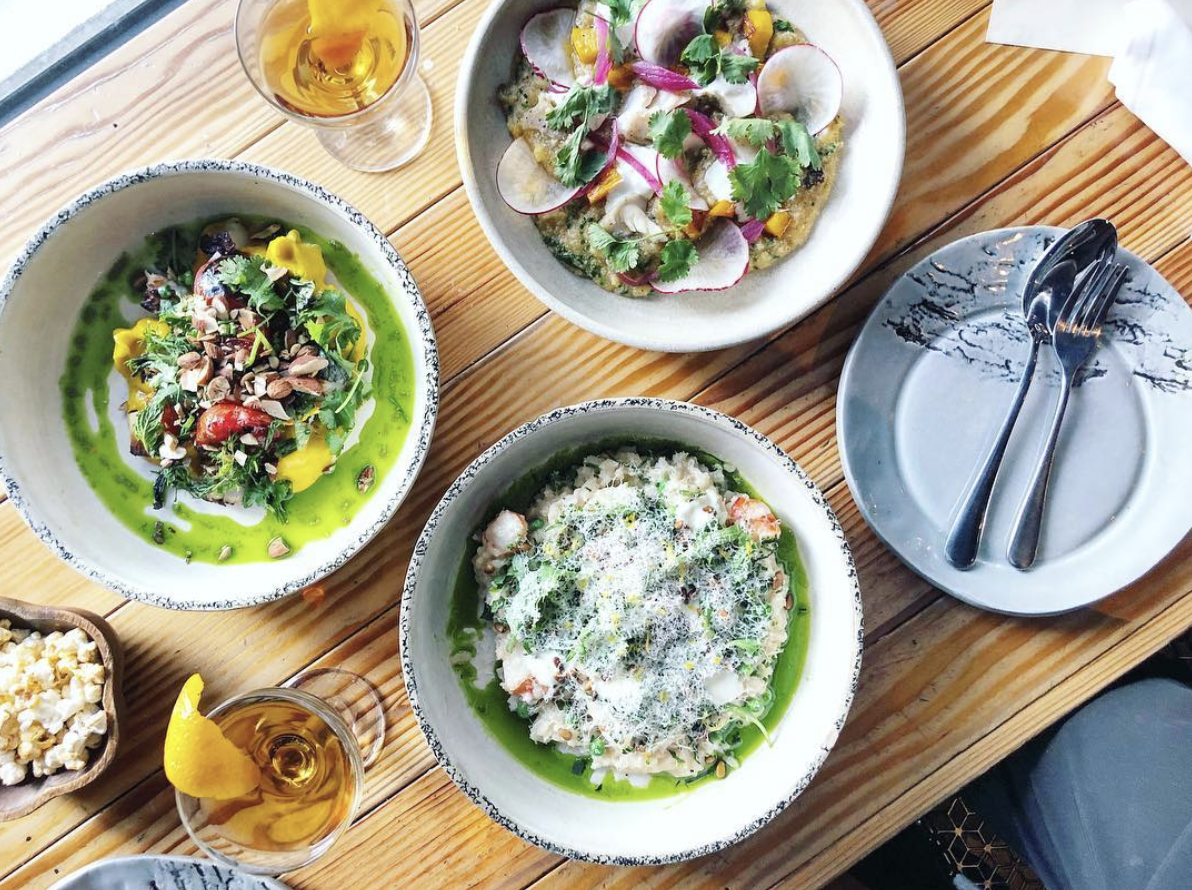
Bodegoes - 211 Bannatyne Ave #102
This flavourful fast-casual restaurant in Old Market Square offers everything from noodle boxes and burritos to flatbreads and salads. Aside from doing pick-up orders and delivery through Skip the Dishes and DoorDash, Bodegoes is also offering a new grocery pick-up and delivery service. You’re now able to purchase affordable produce, pantry items, and frozen food items along with a selection of their house-made signature sauces. Bonus – you’ll get free delivery on grocery orders over $50.

Shawarma Khan - 255 McDermot Avenue
This Middle-Eastern joint is a popular Exchange District eatery known for their delicious shawarma options and friendly staff. While Shawarma Khan's McDermot Avenue location is closed for the time being, their Pembina location is still open for curb-side pick-up orders, and they're also offering free delivery through Skip the Dishes and DoorDash.
Chosabi - 100 King Street
Known for their fast, fresh, and casual take on Asian cuisine, Chosabi is the go-to spot for sushi burritos, poke bowls, and ramen. The King St. location that we usually frequent is still open for pick-ups, and they’re also available for delivery through Skip the Dishes.
The Merchant Kitchen - 314 Donald Street
Feel like having some elevated street food, and maybe a drink to go along with it? Although The Merchant Kitchen isn’t technically in the Exchange (it’s a 10minute walk away from our office) it’s one of our favourite spots for to-die-for fried rice and tacos. They currently offer pick-up and delivery orders from their food AND drinks menu. Cheers!

Vicky’s Diner - 58 Albert Street
Craving the homemade taste of classic burgers and fries? Vicky’s Diner on Albert Street has what you’re looking for, and they’ve also got hot dogs, pita wraps, and all the fried sides you can dream of. Currently, they’re offering pick-up orders and delivery through Skip the Dishes, Uber Eats, and DoorDash.

Parlour Coffee - 468 Main Street
Featuring some of the best coffee in the Peg, Parlour Coffee on Main Street is the perfect quick walk from our office for a morning cuppa – or afternoon break! While their café is closed for the meantime, coffee connoisseurs can still get their fix by ordering imported specialty beans online, with free local delivery on orders over $25. Additionally, Parlour will be starting daily curbside pickups sometime in May, so keep an eye out for that on their social media.

Forth - 171 McDermot Avenue
Another Fusion favourite for coffee, we also enjoy visiting Forth for the change in scenery. Their ample space is great for curing creative blocks, while their extensive menu has something for everyone. Thankfully, they’re now offering delivery for coffees, cocktails, and at-home kits on Fridays, with an order cut-off date of Wednesday at 11 pm. They just gave TGIF a whole new meaning!

Little Brown Jug - 336 William Avenue
Not that it’s patio season yet, but we’re already yearning for warm Friday afternoons spent at Little Brown Jug’s shop front for a cold bottle of beer. Luckily, they’re offering delivery in Winnipeg, so you can sip on their signature craft beers from the comfort of your own home.
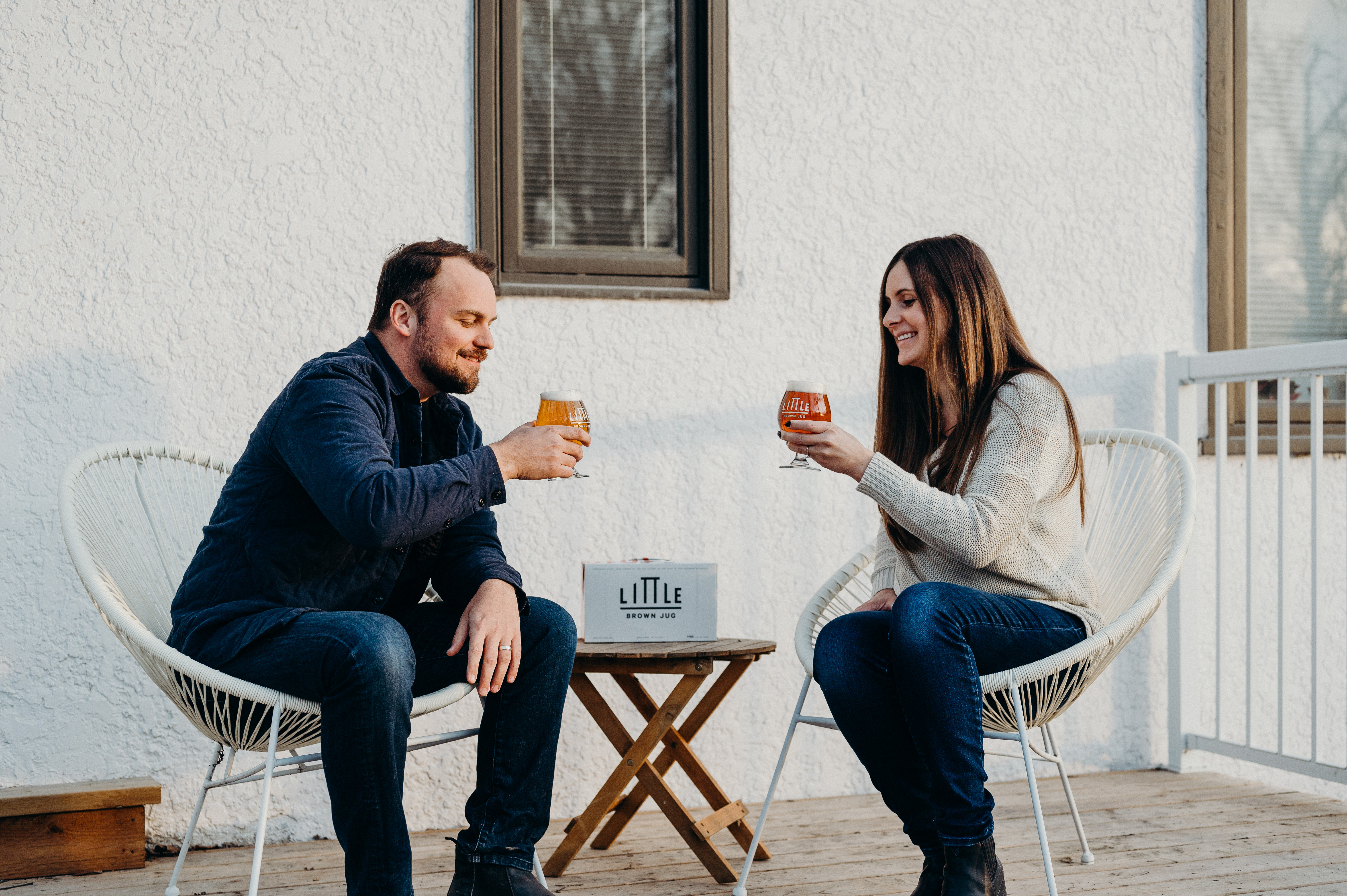
Creating Shareable Content
Roughly 2 million blog posts are published every day. Combine that with the billions of photos, statuses, and videos published too, and you’ve got a pretty saturated stream of content. With all the content being created, you need to be able to pierce through all the material that’s being published and make some pretty stellar stuff to get noticed.
Here are our top tips to create content that will make people want to repost.
Make it Easy
According to a study by Moz and BuzzSumo, videos and quizzes are some of the most-shared content. Why? They’re easy. How many times have you stumbled across a BuzzFeed quiz, taken it, and immediately forwarded it to your 10 closest friends because you need to know what their coffee order says about when they will get married?
Like listicles – which also ranked high in the Moz and BuzzSumo study – these short, entertaining pieces are easy to digest and don’t require a lot of thought or energy to enjoy. Focus on one succinct topic, and do it justice.

Make it Meaningful
Inspirational content is super shareable – and so are pieces that tug at the heartstrings. When you experience strong emotions while reading an article or watching a video, you are much more likely to share it. But don’t make your content too sad; pieces that evoke positive emotions experience much larger share volumes. Think of those rescue puppy videos: would you watch and share if that dog didn’t get to a good home and completely recover? Probably not. But because everything turns out the way we want it to, we’ll hit the share button while awkwardly crying at our desks.
People are also more likely to share your content if you retain your sense of humor. No, you don’t need to crack joke after joke, but your piece should sound like a real person created it, while still being polished. Ditch the robotic language and loosen up a little – this isn’t your eleventh grade English paper on Macbeth.
Make it Personal
People don’t share articles on Facebook to drive traffic to your website, they share to connect with other people. So what does that mean? Share information that is useful or entertaining for your audience and the people they interact with. A great way to do this is to engage with the community and listen to what they’re interested in. Read the comments people leave, analyze what’s working with your content, and look at what other members of your community are sharing and creating.
Don’t forget: these tips are based on the average post. There are always outliers that will perform exceptionally well. So, instead of investing too much time and energy in creating mediocre posts, aim for something better. Creating consistent quality content will not only drive people to your website, it will also establish customer loyalty, instill trust, and help you build your brand’s voice.
So, Why Pinterest?
Last September, Pinterest announced that it had reached 250 million active users – a new record for the platform. The social network is not new, but if you’re unfamiliar with it essentially users “pin” digital content like inspirational images, helpful tips, intriguing recipes, and more onto digital cork boards.
So what are so many people finding so pinteresting?
It’s kind of an anti-social network.
In a world where Zuckerberg owns your life and getting likes on your Instagram pictures rules all, it’s kind of nice to be semi-alone with your thoughts in a space that allows you to quietly explore what other people are thinking and creating, and archive your own inspiration. Pinterest doesn’t actively publicize your activity in the same way that Facebook does, and you often aren’t creating your own original content the way you do for other platforms, which all adds up to mean that the competitive nature of other social networks is notably absent.
In the platform’s humble beginnings, pins were shown in chronological order, but like Facebook, Instagram, and Twitter before it, Pinterest eventually put a pin in that model to opt instead for an algorithm-driven feed. However, in a very un-Zuckerberg move, they recently introduced an update for their mobile app that allows users to once again browse through pins in chronological order (insert all of the celebrating emojis here).
Pinterest has also adjusted wonderfully to the growth in usership. While other platforms make changes that are clearly focused on increasing advertising spends, or make changes for the sake of changes that infuriate their users – see Instagram’s recent side-to-side scrolling update that lasted all of an hour before the backlash caused them to revert – Pinterest has gifted us with user-driven features like Pinterest Lens (a visual search engine), new ways to organize pins, and the option to archive old pins.
All in all, the platform manages to feel less like a social network and more like a dreamy collection of beautiful things curated by you, for you.
While staying user-focused, Pinterest has also upped its advertising game.
Pinterest has stepped up their game for advertisers by developing a more sophisticated backend for Pinterest for Business users, allowing businesses to boost pins to increase their reach and geotarget users to give the most bang for your buck. But, importantly, the algorithm prevents users from feeling like their feed is swarmed with ads. The improvements earned Pinterest a reported $500 million in revenue last year to go along with an increase of 50 million users since September 2017 – not too shabby.
Riding on the same wavelength, Pinterest provides a really unique selling opportunity to companies. One in two Millennials – a demographic that is now solidly in the workforce and has disposable income – report using Pinterest at least once a month. 93% of users said they use Pinterest to plan for future purchases, meaning users are on the platform because they’re looking to spend money and want inspiration on how to do it.
It’s keeping pace with the turtle, not the hare.
Unlike Facebook, Instagram, Twitter, and Snapchat, Pinterest has rejected the Silicon Valley model of superfast growth and unnecessary changes, and of breaking the platform and fighting to fix it. While this slower growth model has allegedly upset some (probably ex) employees, it is obviously working. Right now, Pinterest is projected to exceed $1 billion in advertising revenue by 2020– that’s sounds like winning to us.
So, are you jumping on board the Pinterest train?









